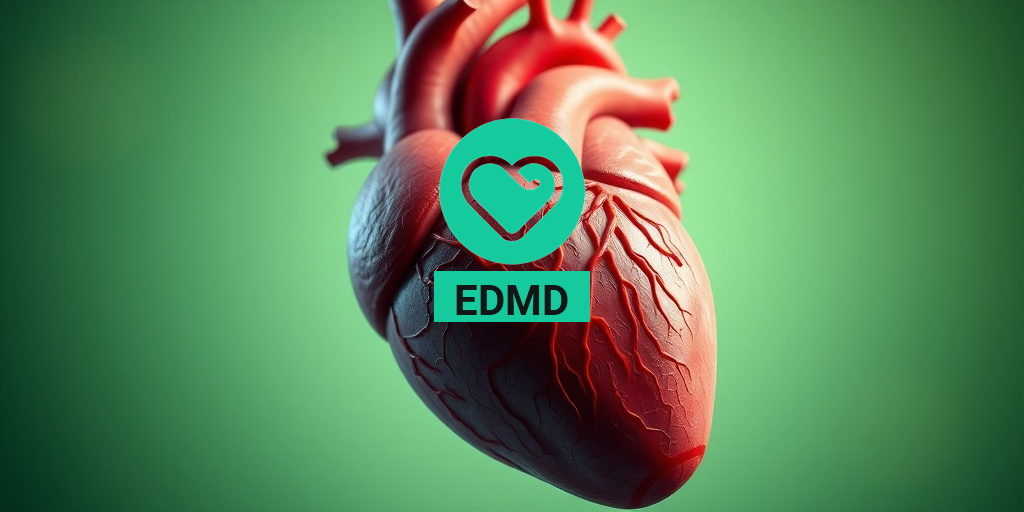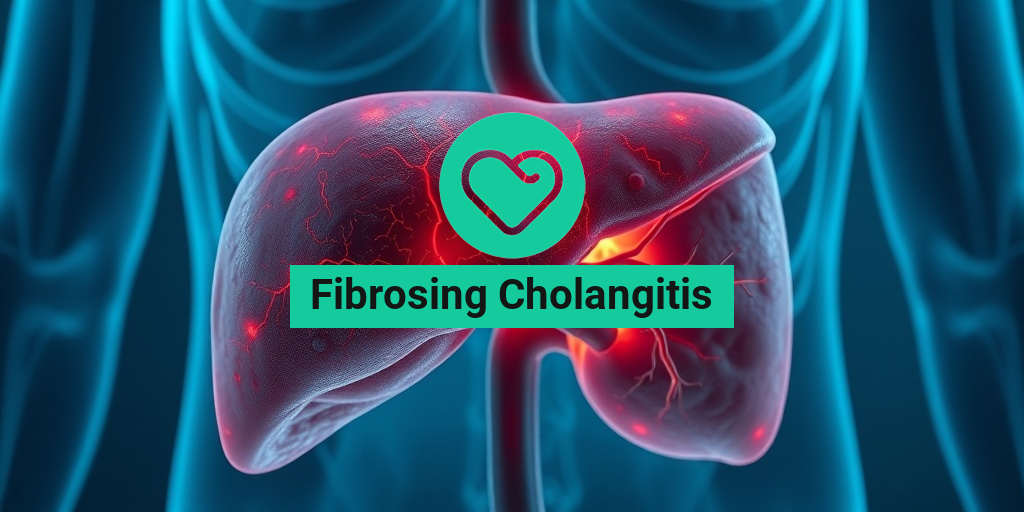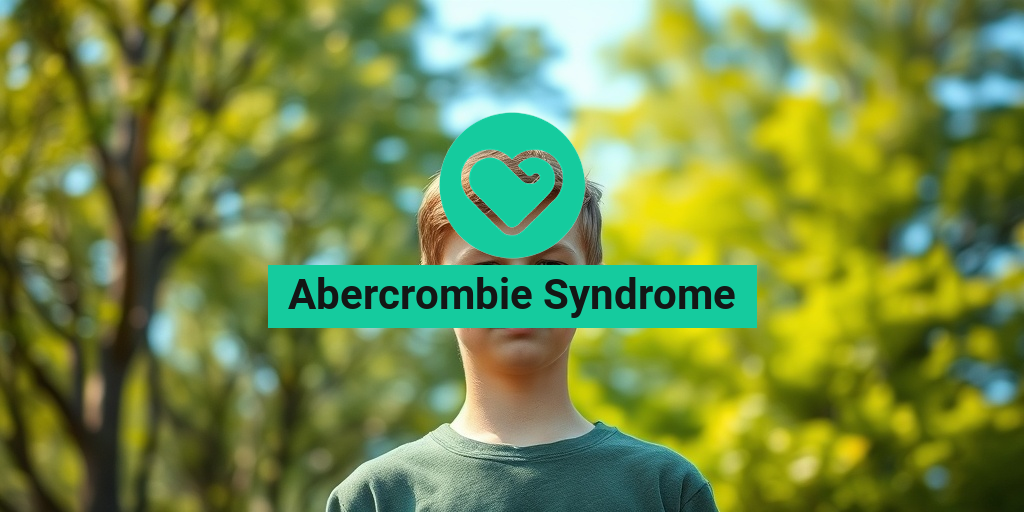What Is Oculocutaneous Albinism?
Oculocutaneous albinism (OCA) is a rare genetic disorder that affects the production of melanin, a pigment responsible for skin, hair, and eye color. It’s a condition that affects approximately 1 in 18,000 to 1 in 50,000 people worldwide, making it a relatively rare condition. 🌎
Causes of Oculocutaneous Albinism
OCA is caused by mutations in one of the several genes involved in melanin production. These genes are responsible for encoding enzymes that convert the amino acid tyrosine into melanin. When these genes are mutated, the production of melanin is disrupted, leading to the characteristic symptoms of OCA. 🧬
There are four subtypes of OCA, each caused by mutations in different genes:
- Type 1 OCA: Caused by mutations in the TYR gene, which codes for the enzyme tyrosinase.
- Type 2 OCA: Caused by mutations in the OCA2 gene, which codes for the protein involved in melanin production.
- Type 3 OCA: Caused by mutations in the TYRP1 gene, which codes for the enzyme tyrosinase-related protein 1.
- Type 4 OCA: Caused by mutations in the SLC45A2 gene, which codes for a protein involved in melanin production.
Oculocutaneous Albinism Symptoms
The symptoms of OCA can vary in severity, but they typically include:
Skin Symptoms
People with OCA often have:
- Fair skin that burns easily and is highly sensitive to the sun.
- Pale skin patches or areas with reduced pigmentation.
- Freckles or moles that may be more prominent due to the lack of melanin.
Eye Symptoms
OCA can also affect the eyes, leading to:
- Vision problems, including nearsightedness, farsightedness, and astigmatism.
- Sensitivity to light (photophobia), which can cause discomfort or pain in bright environments.
- Nystagmus, a condition characterized by involuntary eye movements.
- Squinting or avoiding bright lights, which can impact daily activities and social interactions.
If you or a loved one is experiencing symptoms of OCA, it’s essential to consult with a healthcare professional for proper diagnosis and treatment. Yesil Health AI (yesilhealth.com) can also provide valuable resources and evidence-based health answers to help you navigate this condition. 💡
In the next section, we’ll explore the diagnosis, treatment, and management of oculocutaneous albinism. Stay tuned! 👉

Oculocutaneous Albinism Causes and Risk Factors
Oculocutaneous albinism (OCA) is a rare genetic disorder that affects the production of melanin, a pigment responsible for skin, hair, and eye color. While it’s essential to understand the causes and risk factors of OCA, it’s crucial to remember that this condition is not caused by anything an individual or their parents did or didn’t do. 🌟
Genetic Mutations
The primary cause of oculocutaneous albinism is a genetic mutation that affects one of the genes responsible for melanin production. There are four types of OCA, each caused by a mutation in a specific gene:
- OCA1A and OCA1B: Caused by mutations in the TYR (tyrosinase) gene.
- OCA2: Caused by mutations in the OCA2 gene.
- OCA3: Caused by mutations in the TYRP1 gene.
- OCA4: Caused by mutations in the SLC45A2 gene.
These genetic mutations lead to a deficiency in melanin production, resulting in the characteristic symptoms of OCA, including pale skin, light hair, and vision problems. 👀
Inheritance Patterns
Oculocutaneous albinism is typically inherited in an autosomal recessive pattern, meaning that a person needs to inherit two copies of the mutated gene (one from each parent) to develop the condition. If an individual inherits only one copy of the mutated gene, they will be a carrier but not develop OCA themselves. 👫
However, in some cases, OCA can be inherited in an autosomal dominant pattern, where a single copy of the mutated gene is enough to cause the condition. This is rare and usually occurs in families with a history of OCA. 👪
Risk Factors
While anyone can be born with oculocutaneous albinism, certain factors increase the risk of developing the condition:
- Family history: Having a family history of OCA or other genetic disorders increases the risk of developing the condition.
- Consanguinity: Marriage between close relatives (consanguinity) increases the risk of passing on genetic mutations, including those that cause OCA.
- Genetic testing: Couples who are carriers of OCA mutations can undergo genetic testing to determine the risk of passing on the condition to their offspring.
Understanding the causes and risk factors of oculocutaneous albinism is essential for early diagnosis and proper management of the condition. 🔍
Oculocutaneous Albinism Diagnosis
Diagnosing oculocutaneous albinism typically involves a combination of physical examination, medical history, and genetic testing. 🔬
Physical Examination
A healthcare professional will perform a physical examination to look for characteristic symptoms of OCA, including:
- Pale skin: Skin that is lighter than usual, often with a yellow or pink undertone.
- Light hair: Hair that is lighter than usual, often white or very light blonde.
- Vision problems: Nystagmus (involuntary eye movements), photophobia (sensitivity to light), and vision impairment.
A thorough physical examination can help rule out other conditions that may cause similar symptoms. 👨⚕️
Medical History
A healthcare professional will take a detailed medical history to identify any potential risk factors, such as:
- Family history: A history of OCA or other genetic disorders in the family.
- Consanguinity: Marriage between close relatives.
- Pregnancy and birth history: Any complications during pregnancy or birth that may have contributed to the development of OCA.
A thorough medical history can help identify potential genetic risk factors and guide further testing. 📝
Genetic Testing
Genetic testing is used to confirm the diagnosis of oculocutaneous albinism and identify the specific genetic mutation responsible for the condition. 🔬
There are several types of genetic testing available, including:
- Molecular genetic testing: Analyzes DNA to identify specific genetic mutations.
- Chromosomal testing: Analyzes chromosomes to identify any abnormalities.
- Enzyme testing: Measures the activity of enzymes involved in melanin production.
Genetic testing can help confirm the diagnosis of OCA and guide management and treatment of the condition. 💡

Oculocutaneous Albinism Treatment
Oculocutaneous albinism (OCA) is a rare genetic disorder that affects the production of melanin, leading to vision problems, skin, and hair abnormalities. While there is no cure for OCA, there are various treatments available to manage its symptoms and improve the quality of life for individuals with the condition.
Skin and Hair Care
Individuals with OCA have highly sensitive skin and are at risk of developing skin cancer. To minimize this risk, it’s essential to take sun protection measures, such as:
- Using broad-spectrum sunscreen with a high SPF
- Wearing protective clothing, including hats and long-sleeved shirts
- Seeking shade, especially during peak sun hours
In addition to skin protection, individuals with OCA may need to take extra care of their hair. Using gentle hair care products and avoiding excessive heat styling can help prevent hair breakage and damage.
Vision Correction
Vision problems are a major symptom of OCA, and correcting these issues is crucial for improving daily life. Treatment options include:
- Glasses or contact lenses to correct nearsightedness, farsightedness, or astigmatism
- Surgery to correct strabismus (crossed eyes) or nystagmus (involuntary eye movements)
In some cases, vision therapy may be recommended to improve visual function and coordination.
Other Treatment Options
In addition to skin and hair care, as well as vision correction, individuals with OCA may benefit from:
- Vitamin D supplements to maintain bone health
- Avoiding excessive sun exposure to reduce the risk of skin cancer
- Regular check-ups with a dermatologist to monitor skin health
- Genetic counseling to understand the risk of passing OCA to offspring
Oculocutaneous Albinism Complications
While OCA itself is not life-threatening, it can lead to various complications if left untreated or poorly managed. Some possible complications include:
Skin Cancer
Individuals with OCA have an increased risk of developing skin cancer, particularly melanoma. This is due to their lack of melanin, which provides natural protection against the sun’s UV rays.
Vision Loss
Untreated vision problems associated with OCA can lead to vision loss or even blindness. Regular eye exams and corrective measures are essential to prevent this complication.
Psychological and Social Challenges
The physical characteristics of OCA can lead to social stigma, bullying, and low self-esteem. Additionally, the vision and skin problems associated with the condition can impact daily life, causing frustration and anxiety.
Other Health Issues
In rare cases, OCA may be associated with other health issues, such as:
- Cardiovascular problems
- Respiratory issues
- Developmental delays
Early diagnosis, proper management, and regular medical check-ups can help reduce the risk of these complications and improve the overall quality of life for individuals with OCA. 🌞

Oculocutaneous Albinism and Vision Loss
Oculocutaneous albinism (OCA) is a rare genetic disorder that affects the production of melanin, a pigment responsible for skin, hair, and eye color. One of the most significant consequences of OCA is vision loss, which can have a profound impact on daily life. In this section, we’ll delve into the connection between OCA and vision loss, exploring the causes, symptoms, and potential treatments.
Vision Impairment in OCA
Individuals with OCA often experience vision impairment due to the lack of melanin in the eyes. This can lead to:
- Foveal hypoplasia: Underdevelopment of the fovea, the part of the retina responsible for central vision.
- Nystagmus: Involuntary eye movements that can affect vision.
- Photophobia: Extreme sensitivity to light, making it difficult to tolerate bright environments.
- Strabismus: Misalignment of the eyes, which can lead to double vision or lazy eye.
These vision impairments can make everyday tasks, such as reading, driving, or even recognizing faces, a significant challenge. In some cases, vision loss can be severe, leading to legal blindness.
Causes of Vision Loss in OCA
The primary cause of vision loss in OCA is the lack of melanin in the eyes. Melanin plays a crucial role in:
- Absorbing light: Melanin helps to absorb excess light, reducing glare and improving vision.
- Protecting the retina: Melanin acts as a natural sunscreen, shielding the retina from harmful UV radiation.
Without sufficient melanin, the eyes are more susceptible to damage, leading to vision impairment and potential blindness.
Living with Oculocutaneous Albinism
While OCA presents unique challenges, many individuals with the condition lead fulfilling lives, adapting to their vision impairments and finding ways to thrive. Here, we’ll explore the daily experiences of those living with OCA and the strategies they use to overcome obstacles.
Daily Challenges and Adaptations
Individuals with OCA face a range of daily challenges, including:
- Light sensitivity: Avoiding bright lights, using sunglasses, and wearing protective clothing to minimize discomfort.
- Vision aids: Using assistive devices, such as magnifying glasses or telescopes, to enhance vision.
- Compensatory strategies: Developing techniques, like using peripheral vision or relying on other senses, to navigate daily tasks.
Despite these challenges, many individuals with OCA find ways to adapt and overcome, often developing remarkable resilience and resourcefulness.
Emotional and Social Impacts
OCA can have a significant emotional and social impact, affecting self-esteem, relationships, and overall well-being. It’s essential to:
- Seek support: Connecting with others who share similar experiences, through support groups or online communities.
- Prioritize self-care: Engaging in activities that promote emotional well-being, such as exercise, meditation, or hobbies.
- Embrace advocacy: Raising awareness about OCA and promoting inclusivity and understanding.
By acknowledging the emotional and social aspects of OCA, individuals can better cope with the challenges and find ways to thrive.

Frequently Asked Questions about Oculocutaneous Albinism
What is Oculocutaneous Albinism?
Oculocutaneous Albinism (OCA) is a rare genetic disorder that affects the production of melanin, which is responsible for skin, hair, and eye pigmentation. It is characterized by vision problems, pale skin, and light-colored hair.
What are the types of Oculocutaneous Albinism?
There are four main types of Oculocutaneous Albinism, each with varying degrees of severity:
- Type 1: Most severe, with complete lack of melanin production
- Type 2: Moderate, with some melanin production
- Type 3: Mild, with significant melanin production
- Type 4: Least severe, with near-normal melanin production
What are the symptoms of Oculocutaneous Albinism?
The symptoms of Oculocutaneous Albinism vary depending on the type and severity of the condition. Common symptoms include:
- Vision problems, such as nystagmus (involuntary eye movements), photophobia (sensitivity to light), and blurred vision
- Pale skin and light-colored hair
- Frequent sunburns and skin damage
- Increased risk of skin cancer
How is Oculocutaneous Albinism inherited?
Oculocutaneous Albinism is an autosomal recessive disorder, meaning that a person must inherit two copies of the mutated gene (one from each parent) to develop the condition.
Is there a cure for Oculocutaneous Albinism?
Currently, there is no cure for Oculocutaneous Albinism. However, various treatments and therapies can help manage the symptoms and improve quality of life. These include:
- Vision therapy and corrective lenses
- Sun protection measures, such as sunscreen and protective clothing
- Skin care and cancer screening
- Genetic counseling and family planning
How can I support someone with Oculocutaneous Albinism?
Supporting someone with Oculocutaneous Albinism involves understanding their unique needs and challenges. Here are some ways to show your support:
- Be patient and understanding of their vision and skin-related challenges
- Encourage them to take sun protection measures and attend regular skin cancer screenings
- Offer emotional support and connect them with resources and support groups
- Advocate for their needs and raise awareness about Oculocutaneous Albinism
Where can I find more information and resources about Oculocutaneous Albinism?
There are several organizations and resources available to provide information, support, and advocacy for individuals with Oculocutaneous Albinism:
- The National Organization on Albinism and Hypopigmentation (NOAH)
- The Albinism Society
- The National Eye Institute (NEI)
- Genereviews: Oculocutaneous Albinism
Remember, every individual with Oculocutaneous Albinism is unique, and it’s essential to approach each person with understanding, empathy, and support. 💕




